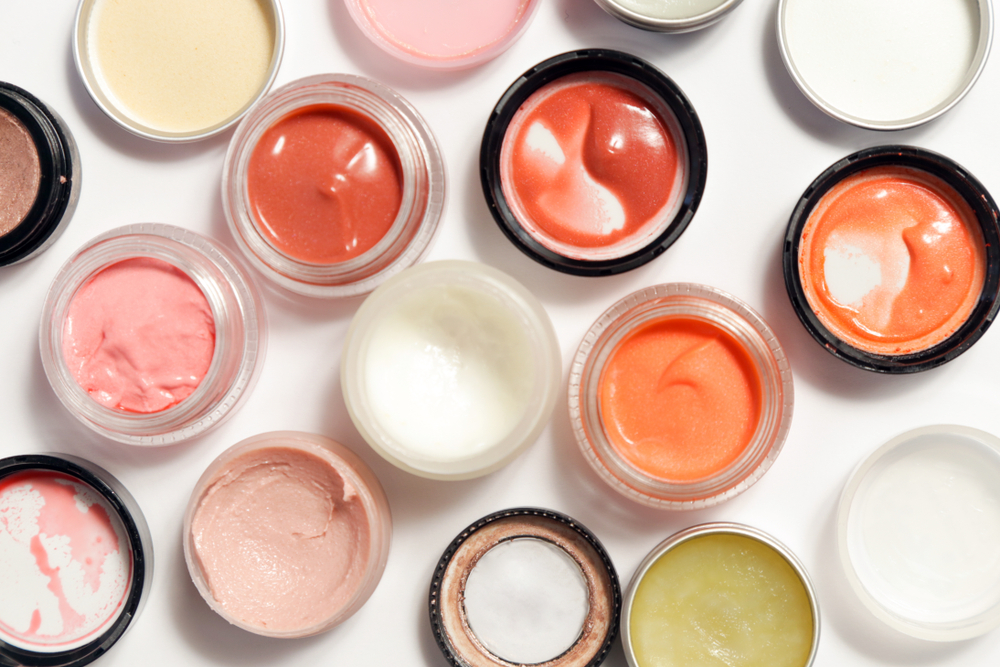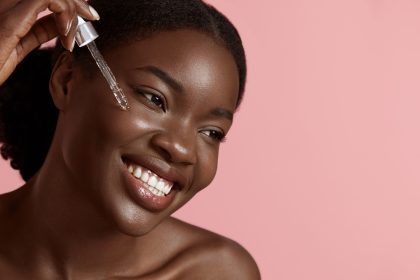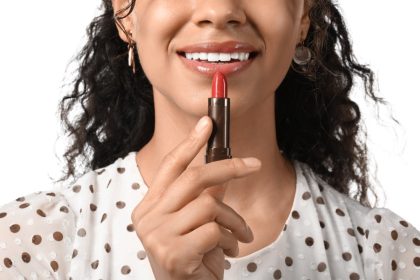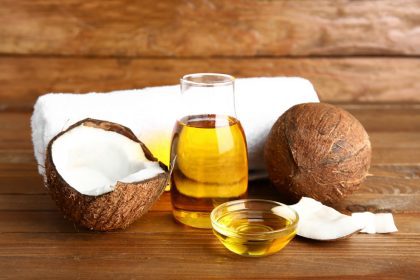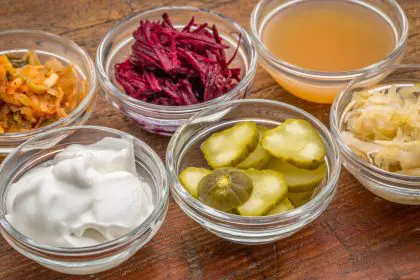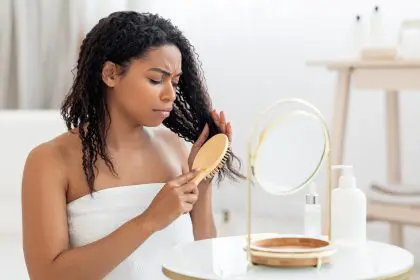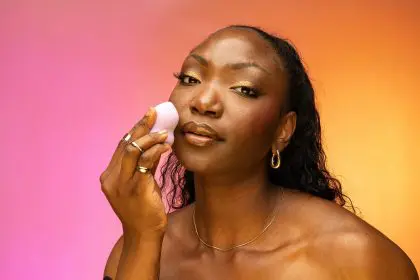The beauty industry has witnessed a dramatic transformation in recent months, with traditional powder blushes taking a backseat to their liquid counterparts. Cheek stains, once relegated to professional makeup kits, have emerged as the preferred choice for achieving that coveted natural glow that mirrors the flush of youth.
This shift represents more than a fleeting trend. It signals a fundamental change in how consumers approach their daily beauty routines, prioritizing products that deliver authentic results over heavily pigmented formulations that can appear artificial under different lighting conditions.
The science behind the appeal
Cheek stains function differently from conventional blush products. Their water-based formulations penetrate the skin’s surface layers, creating a stain that appears to emanate from within rather than sitting atop the complexion. This characteristic makes them particularly suitable for individuals seeking a no-makeup makeup aesthetic.
The formulation typically contains dyes that temporarily bind to the skin, creating longevity that surpasses traditional powder blushes. Unlike cream blushes that can shift throughout the day or powder formulations that fade, cheek stains maintain their intensity for extended periods without requiring touch-ups.
Beauty chemists have perfected these formulations to ensure they dry quickly while remaining workable during the initial application phase. The rapid-setting nature prevents the product from transferring onto clothing or other surfaces once properly applied and allowed to set.
Application mastery transforms results
Preparation techniques
The foundation of successful cheek stain application begins with proper skin preparation. Freshly cleansed and moisturized skin provides the optimal canvas for these products. The moisture creates a smooth surface that allows for even distribution and prevents the stain from adhering unevenly to dry patches.
Strategic placement methods
Professional makeup artists recommend identifying the natural flush points on the face before application. These areas, typically the apples of the cheeks and extending slightly toward the temples, provide the most authentic placement for achieving a natural appearance.
The application technique varies depending on the desired intensity. Light patting motions with fingertips create subtle coverage, while dabbing with a damp beauty sponge can achieve more dramatic results. The key lies in working quickly, as the product begins setting within seconds of contact with the skin.
Blending considerations
Unlike traditional blush that allows for extensive blending time, cheek stains require immediate attention. The window for blending typically lasts between 10 to 15 seconds, making swift execution essential. This characteristic initially intimidates newcomers but becomes advantageous once mastered, as it prevents over-blending that can result in muddy or uneven coverage.
Product selection strategies
The cheek stain market has expanded significantly, with formulations ranging from sheer washes of color to highly pigmented options that deliver dramatic impact. Understanding these variations helps consumers select products aligned with their preferences and skill levels.
Entry-level options typically feature buildable formulations that forgive application mistakes. These products allow users to gradually build intensity through layered applications, reducing the risk of over-application that can appear harsh or unnatural.
Advanced formulations offer greater pigment concentration, requiring more precise application techniques but delivering superior longevity and color payoff. These products appeal to experienced users comfortable with the rapid application requirements.
Shade selection extends beyond personal preference to encompass skin undertones and desired effects. Cool-toned individuals often gravitate toward berry and plum shades, while warm undertones complement peach and coral hues. Neutral undertones provide flexibility to experiment with various color families.
The versatility advantage
Modern cheek stains transcend their original purpose, functioning as multi-use products that streamline beauty routines. Their compatibility with lip application eliminates the need for separate lip products, creating cohesive color stories across the face.
Some formulations work effectively on eyelids, though this application requires careful consideration of ingredients to ensure eye-area safety. The ability to use one product across multiple facial areas appeals to minimalist beauty enthusiasts and travelers seeking to reduce their product collections.
The lightweight nature of these products makes them suitable for layering under or over other makeup products without creating texture issues. They integrate seamlessly with foundation, concealer, and setting powders, maintaining their effect throughout the layering process.
Cultural and social influences
The resurgence of cheek stains aligns with broader cultural movements emphasizing authenticity and natural beauty. Social media platforms have amplified this trend, with beauty influencers demonstrating application techniques and showcasing the realistic results achievable with these products.
The French-girl beauty aesthetic, characterized by effortless elegance and minimal product usage, has particularly influenced this trend. This approach prioritizes skin that appears healthy and radiant rather than heavily made-up, making cheek stains an ideal component of such routines.
Professional makeup artists working in film and television have long relied on cheek stains for their realistic appearance under various lighting conditions. This professional endorsement has translated to consumer markets, lending credibility to the products’ effectiveness.
Looking ahead
The trajectory of cheek stain popularity shows no signs of declining. Innovation within the category continues, with brands developing new formulations that address specific consumer needs such as sensitive skin compatibility and extended wear times.
Sustainability considerations are also driving product development, with brands exploring eco-friendly packaging options and formulations that minimize environmental impact. These developments suggest that cheek stains will continue evolving to meet changing consumer expectations while maintaining their core appeal of delivering natural-looking results.
The integration of skincare benefits into cheek stain formulations represents another frontier. Products incorporating hydrating agents, antioxidants, and sun protection factors blur the lines between makeup and skincare, appealing to consumers seeking multifunctional products that provide both immediate aesthetic benefits and long-term skin health advantages.

